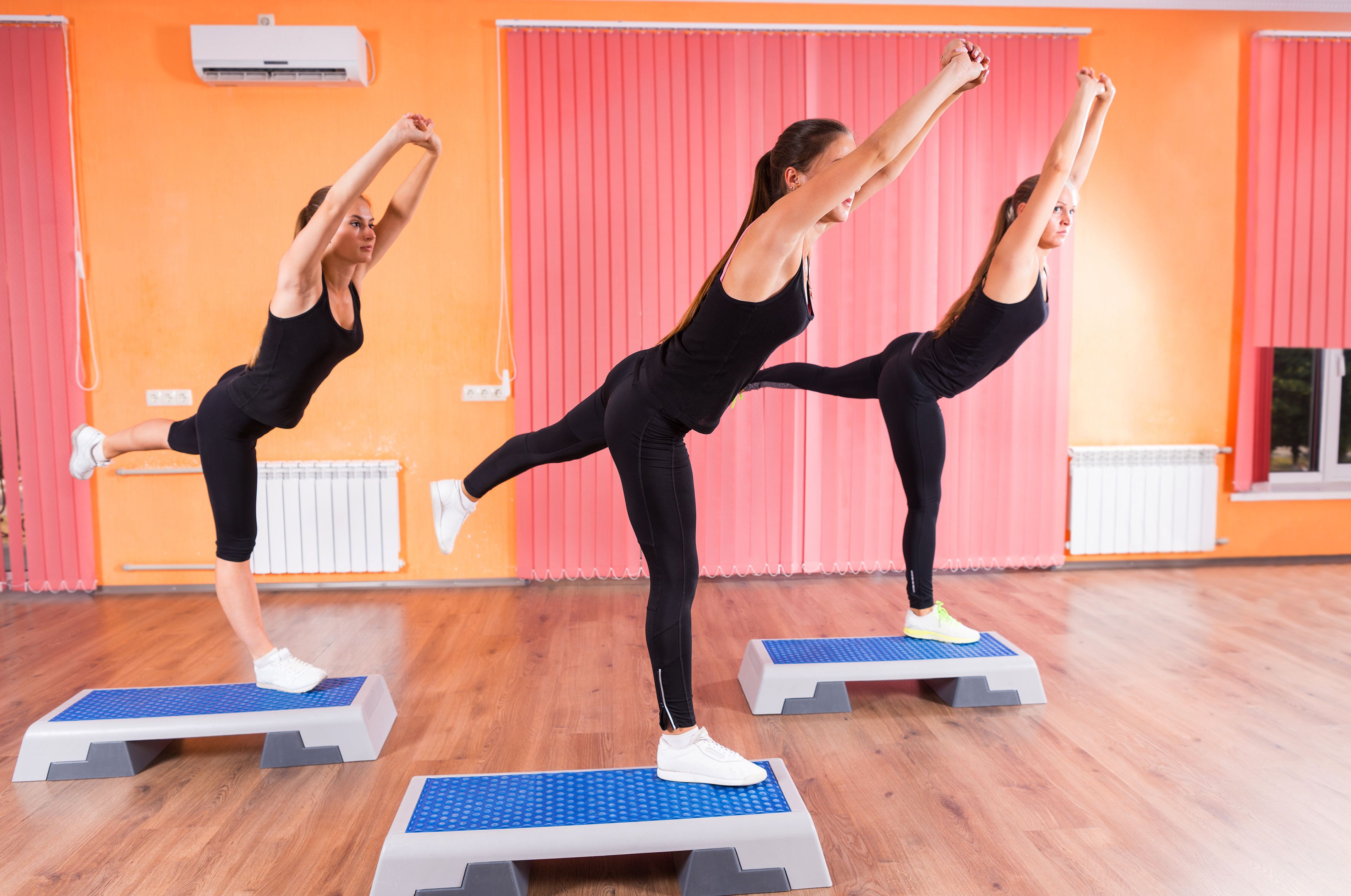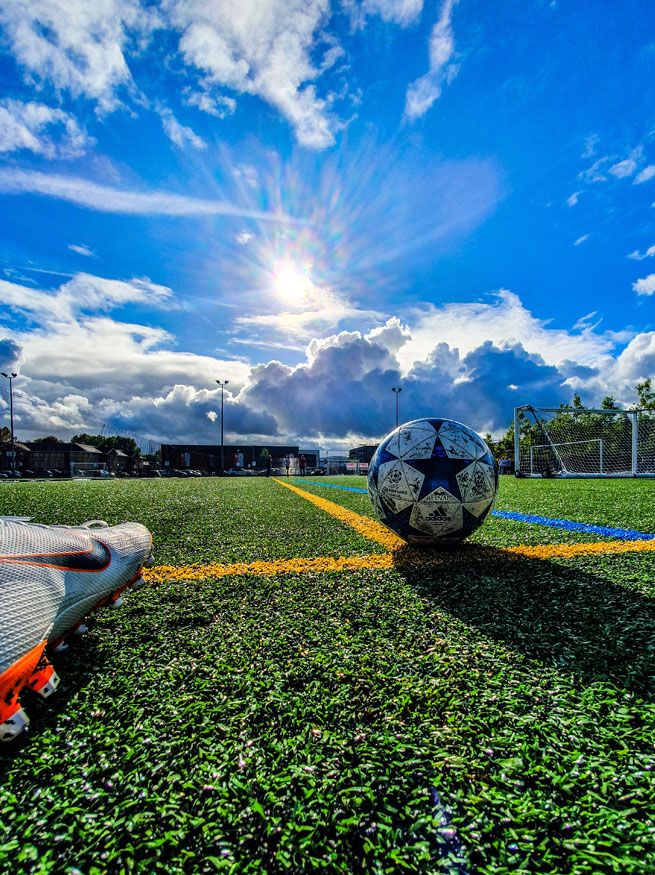We will provide you best Services
The Passage Experienced A Surge In Popularity During The 1960s When Again During The 90s As Desktop Publishers

YOGA
Maintaining a good level of physical fitness is important. However, it can be difficult to determine what fitness entails. Experts define physical fitness as “one’s ability to execute daily activities with optimal performance, endurance, and strength with the management of disease, fatigue, and stress and reduced sedentary behavior.” This description goes beyond being able to run quickly or lift heavy weights. Despite being important, these attributes only address single areas of fitness. This article provides details of the five main components of physical fitness.
People who regularly engage in these activities are more likelyTrusted Source to be physically fit in terms of cardiorespiratory endurance. It is important to begin these activities slowly and gradually increase the intensity over time. Exercising increases cardiorespiratory endurance in a number of ways. For example, the heart muscle becomes stronger so that it is able to pump more blood per heartbeat. At the same time, additional small arteries grow within muscle tissue so that they can deliver blood to working muscles more effectively when needed.
GYM
Fitness can also include muscular endurance, which is the ability of a muscle to continue exerting force without tiring. As mentioned above, strength training builds bigger muscles. Endurance training, on the other hand, does not necessarily generate muscles of a larger size. This is because the body focuses more on the cardiovascular system, ensuring that the muscles receive the oxygenated blood they need to keep functioning. Another important change in muscles that people specifically train for endurance concerns the different types of muscle tissue: fast twitch and slow twitchTrusted Source fibers. Fast twitch fibers contract quickly but get tired quickly. They use a lot of energy and are useful for sprints. They are whitish, as they do not require blood to function. Slow twitch fibers are best for endurance work, as they can carry out tasks without getting tired. They are present in core muscles. These fibers appear red, as they rely on a good supply of oxygenated blood and contain stores of myoglobin. Different exercises will promote fast twitch fibers, slow twitch fibers, or both. For example, a sprinter will have comparatively more fast twitch fibers, whereas a long distance runner will have more slow twitch fibers.
Muscles consist of elongated muscle cells. Each muscle cell containsTrusted Source contractile proteins, called actin and myosin, that give the muscle its strength. These fibers contract together, producing the so-called power stroke. The total force depends on the number of these units contracting in unison. To build muscle, an individual must regularly exercise their muscles and take in enough protein. Scientists do not fully understand the exact mechanism of muscle building, but the general principles are well known. Training causes the muscle cellsTrusted Source to expand, and there is an increase in actin and myosin production. Also, in untrained muscles, fibers tend to fire in an asynchronous manner. In other words, they do not fire in unison. As a person trains them, however, they learn to fire together as one, thereby increasing maximum power output.


AEROBICS
Maintaining a good level of physical fitness is important. However, it can be difficult to determine what fitness entails. Experts define physical fitness as “one’s ability to execute daily activities with optimal performance, endurance, and strength with the management of disease, fatigue and stress and reduced sedentary behavior.” This description goes beyond being able to run quickly or lift heavy weights. Despite being important, these attributes only address single areas of fitness. This article provides details of the five main components of physical fitness.
People who regularly engage in these activities are more likelyTrusted Source to be physically fit in terms of cardiorespiratory endurance. It is important to begin these activities slowly and gradually increase the intensity over time. Exercising increases cardiorespiratory endurance in a number of ways. For example, the heart muscle becomes stronger so that it is able to pump more blood per heartbeat. At the same time, additional small arteries grow within muscle tissue so that they can deliver blood to working muscles more effectively when needed.
SPORTS
Fitness can also include muscular endurance, which is the ability of a muscle to continue exerting force without tiring. As mentioned above, strength training builds bigger muscles. Endurance training, on the other hand, does not necessarily generate muscles of a larger size. This is because the body focuses more on the cardiovascular system, ensuring that the muscles receive the oxygenated blood they need to keep functioning. Another important change in muscles that people specifically train for endurance concerns the different types of muscle tissue: fast twitch and slow twitchTrusted Source fibers. Fast twitch fibers contract quickly but get tired quickly. They use a lot of energy and are useful for sprints. They are whitish, as they do not require blood to function. Slow twitch fibers are best for endurance work, as they can carry out tasks without getting tired. They are present in core muscles. These fibers appear red, as they rely on a good supply of oxygenated blood and contain stores of myoglobin. Different exercises will promote fast twitch fibers, slow twitch fibers, or both. For example, a sprinter will have comparatively more fast twitch fibers, whereas a long distance runner will have more slow twitch fibers.
Muscles consist of elongated muscle cells. Each muscle cell containsTrusted Source contractile proteins, called actin and myosin, that give the muscle its strength. These fibers contract together, producing the so-called power stroke. The total force depends on the number of these units contracting in unison. To build muscle, an individual must regularly exercise their muscles and take in enough protein. Scientists do not fully understand the exact mechanism of muscle building, but the general principles are well known. Training causes the muscle cellsTrusted Source to expand, and there is an increase in actin and myosin production. Also, in untrained muscles, fibers tend to fire in an asynchronous manner. In other words, they do not fire in unison. As a person trains them, however, they learn to fire together as one, thereby increasing maximum power output.
